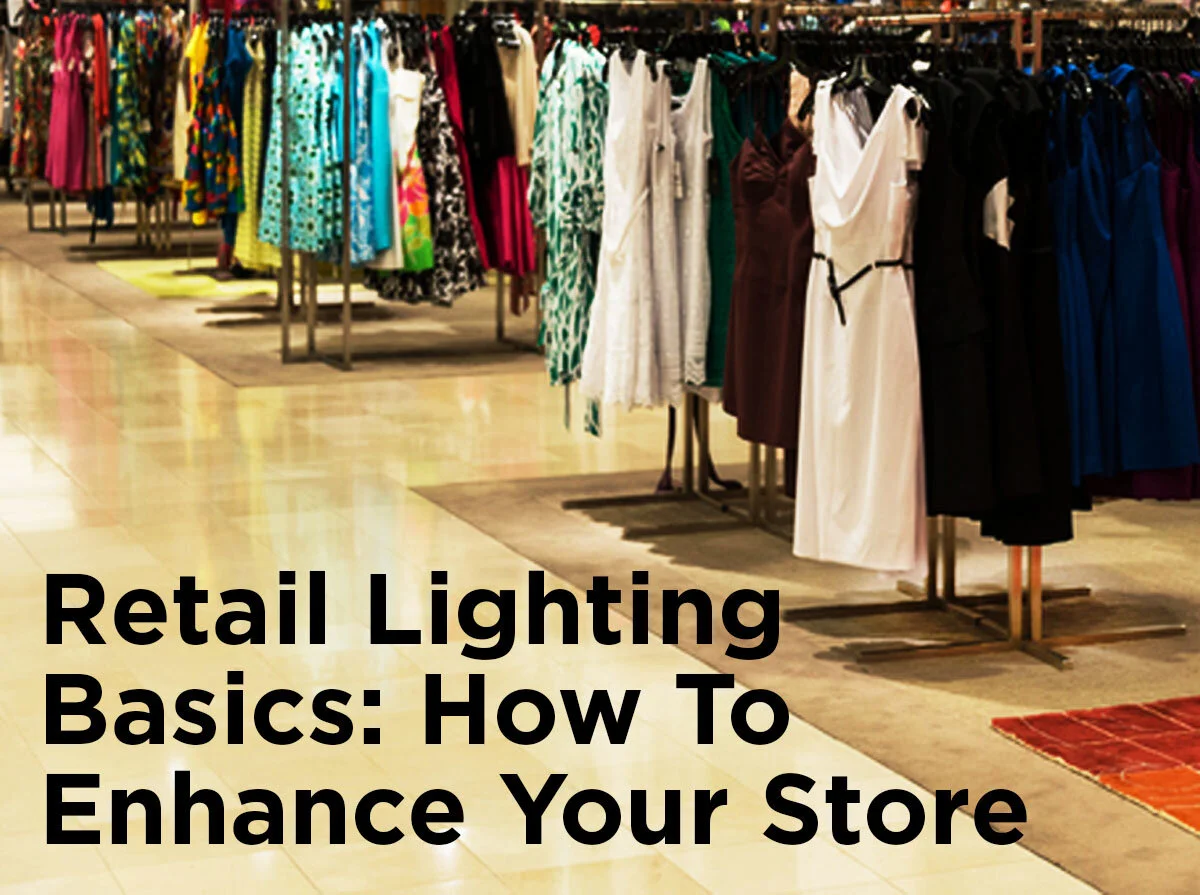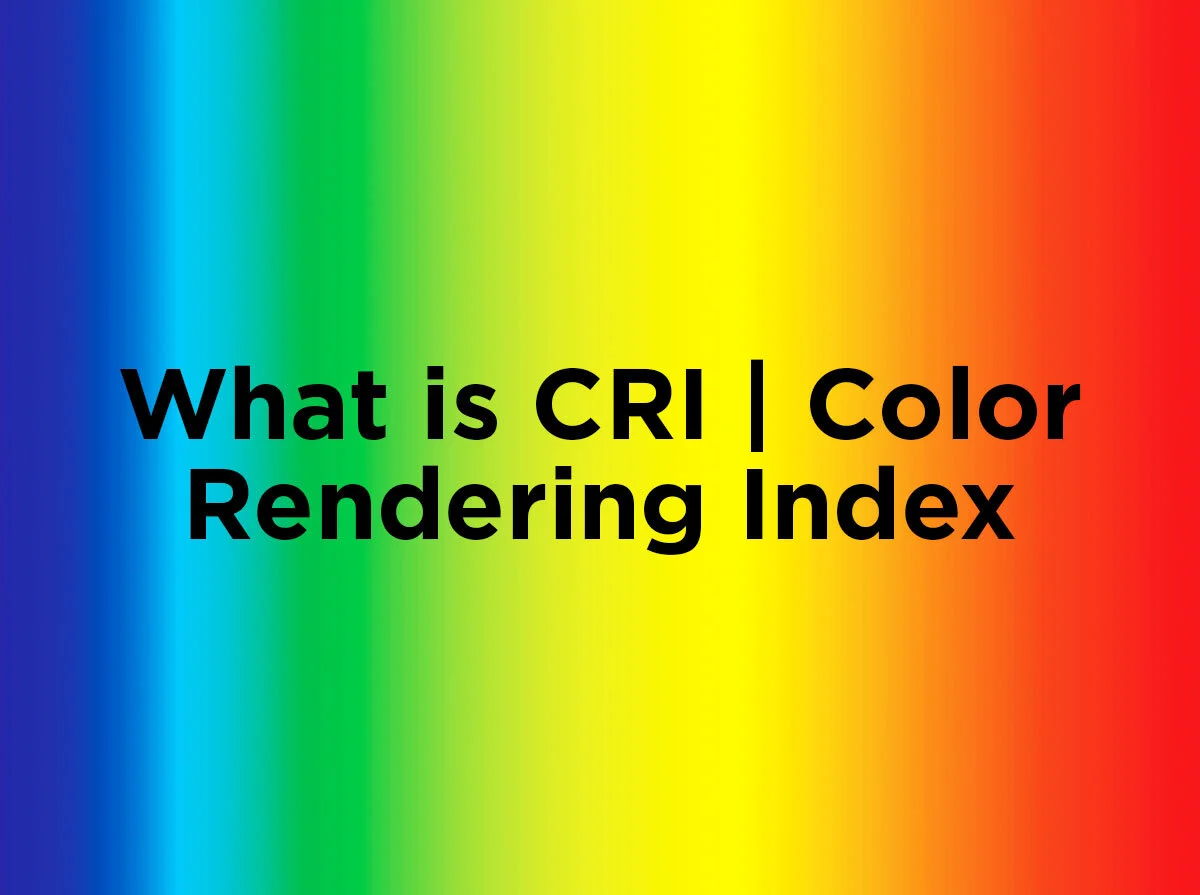Retail Lighting Basics: How to Enhance your Store
Have you ever wondered how much lighting affects a customer’s shopping experience? Well, studies have shown that it has a pretty big impact - more than you might even realize. Because it would be unthinkable to have a store full of products with no light to showcase them, lighting is one of the most important elements to consider when designing the layout of a store.
No two stores are the same and each have different lighting needs, but there are still basic principles and guidelines that should be kept in mind when creating a lighting scheme that will attract customers and keep them coming back for more. Below are a few tips for making the most of your retail space using light.
Color Correctness
Have you ever been inside a store and felt the need to bring a shirt, scarf, or whatever it may be, closer to a window in order to better see its true color? This is because natural daylight has a perfect color rendering index, or what we like to call 100 CRI. We’ve given an explanation of CRI in a previous post, but long story short: the higher the CRI, the more vibrant and true colors will appear to the human eye. When choosing lighting for a retail space, it’s a good idea to install lighting that has a very high CRI around 85 or more. Incandescent and halogen bulbs have a perfect CRI of 100, while LED and fluorescent lights are available in 80+ CRI.
Contrast and Focal Points
According to the same aforementioned study, creating contrasts using light and dark areas should be a bigger area of focus the actual brightness of the store. By creating contrasts with lighting, depth is created and customers are better able to perceive the products. Focusing on contrast also gives you the opportunity to create different levels of attention between different products. Using track lighting or spot lights is an effective way to create contrasts and designate focal points. As display windows are usually the customer’s first impression of store, contrasts and focal points are especially important in this area. According to the Museum Store Association, a good rule of thumb is to make these pin-pointed, spot-lit areas three times brighter than the surrounding ambient light.
Create Ambiance
Knowing what kind of atmosphere you want to create in your store is crucial and lighting can help you achieve it. According to a two-part study conducted by Zumtobel, along with the Royal Institute of Technology and Hamburg University of Applied Sciences, the color temperature of light is able to influence the way customers feel about a space. It was found that cool white color temperatures (3500K to 5000K) create a sense of spaciousness, while warm white color temperatures (2700K to 3000K) convey a sense of familiarity and smallness. The color temperature of light you choose is all dependent on the type of atmosphere you want to create.
Well-Lit Shelving
If you’re going to display items inside shelves and cabinets, the interior of your displays should be well-lit. Speaking from personal experience, there are few things more frustrating than digging through a pile of folded shirts on a shelf to find the right size only to realize you can barely see the tag anyways. Using LED tape light hidden within extrusions is a great way to light smaller shelves discretely. The Zumtobel study found that a combination of wide-area backlighting and accent lighting makes the presented items appear to be more attractive and merchandise identification much easier.
UV Rays and Heat
Something else to take into consideration when you are choosing the type of lighting to use and where to use it is what effect it could potentially have on your products. Using lamps that emit high heat could potentially damage and discolor fabrics and other materials if they are exposed to Ultraviolet (UV) rays and heat for an extended period of time. LED lighting does not emit UV rays or a noticeable amount of heat, making it a smart option in areas where lights are shone on products constantly.
Are there any questions about retail lighting that you would like us to answer? Feel free to leave us a comment below, or give us a shout on Facebook, Twitter, LinkedIn, or Pinterest!







